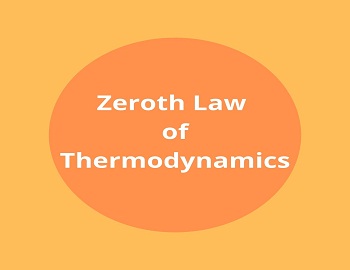Noble Gases:
The elements Helium (He), Neon (Ne), Argon (Ar), Krypton (Kr), Xenon (Xe) and Radon (Rn) constitute group 18 of the long form of the periodic table. Except for Rn, all other elements are present in the atmosphere in very small quantities, and hence, they are known as Rare gases of the atmosphere. Sometimes, these are also known as Aerogens. Previously, it was believed that these are chemically inert due to their stable electronic configuration and, hence, were also known as Inert gases. But in 1962, N. Bartlett succeeded in isolating the first compound. Xenon platinum hexafluoride, Xe [PtF6], by combining Xe with F6 at room temperature. In the subsequent years, more compounds of Xe, Ar and Kr (because of their comparatively low Ionisation Energy, and presence of vacant d-orbitals in their valence shell) were prepared with more electronegative elements like ‘F’ and ‘O’. Thus, the term inert has lost its significance and these gases are now named Noble gases.
General Trends in Physical Properties of Noble Gases:
(i) Electronic Configuration- The general outer electronic configuration of the members of the Noble gas family is ns2 np6 (except He, whose configuration is 1s2), where ‘n’ represents the number of the valence shell and its value ranges from 2 – 6.
| Element / Symbol | Atomic Number | Electronic Configuration |
|---|---|---|
| Helium, He | 2 | 1s2 |
| Neon, Ne | 10 | 1s2, 2s2 2p6 |
| Argon, Ar | 18 | 1s2, 2s2 2p6, 3s2 3p6 |
| Krypton, Kr | 36 | 1s2, 2s2 2p6, 3s2 3p6 3d10, 4s2 4p6 |
| Xenon, Xe | 54 | 1s2, 2s2 2p6, 3s2 3p6 3d10, 4s2 4p6 4d10, 5s2 5p6 |
| Radon, Rn | 86 | 1s2, 2s2 2p6, 3s2 3p6 3d10, 4s2 4p6 4d10 4f14, 5s2 5p6 5d10, 6s2 6p6 |
(ii) Physical State- These elements exist as monoatomic, colourless, odourless and tasteless gases.
(iii) Density- The density of these elements gradually increases on moving down the group from He to Rn.
(iv) Atomic Radii- The atomic radii of noble gases are large. However, on moving down the group from He to Rn, the atomic radii of these elements show an increasing trend due to increase in atomic number which leads to an increase in the number of electronic shells.
(v) Melting points and Boiling points- The melting points and boiling points of Noble gases are low due to the presence of weak interparticle forces (or van der Waal’s forces) which operate in them. However, on moving down the group, their melting points and boiling points go on increasing due to an increase in the magnitude of van der Waal’s forces with the increase in atomic size.
(vi) Ionisation Energy- The I.E. values of Noble gas elements are quite high then other elements of the same period because of their stable electronic configuration. However, on moving down the group, the I.E. shows a decreasing trend due to an increase in atomic size as a result of which the nucleus-valence shell electron attraction decreases.
(vii) Electron Affinity- Because of their stable electronic configuration, noble gases show no tendency to accept an extra electron so that their configuration may not become unsymmetrical. Thus, their electron affinity is almost zero.
(viii) Solubility- Noble gases are slightly soluble in water. On moving down the group from He to Rn, solubility goes on increasing.
(ix) Heat of Fusion- Noble gases have low values of heat of fusion which shows an increasing trend on moving down the group.
(x) Heat of Vaporisation- Like the heat of fusion, the heat of vaporisation also increases with the rise in atomic number. However, the values of heat of vaporisation are very low due to very weak van der Waal’s forces of attraction which hold the atoms together.









Comments (No)